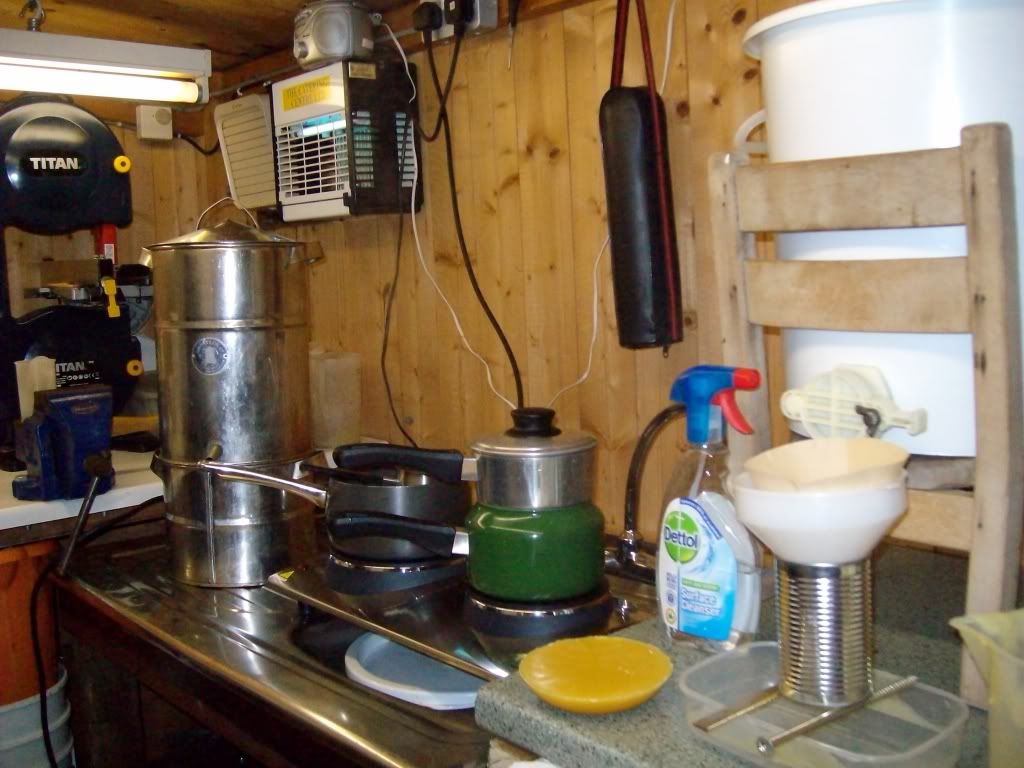melon
House Bee
- Joined
- May 1, 2010
- Messages
- 132
- Reaction score
- 1
- Location
- worcestershire
- Hive Type
- National
- Number of Hives
- 7
How do people remove the air bubbles that have risen over night, when bottling honey?
I leave it in the ripening tank overnight for air bubbles to rise, and then try to skim them off with a big metal spoon. It is not very successful, and in my opinion, wasteful of honey. There must be a better way, all you experts use. Please let me know your secrets. Thanks
I leave it in the ripening tank overnight for air bubbles to rise, and then try to skim them off with a big metal spoon. It is not very successful, and in my opinion, wasteful of honey. There must be a better way, all you experts use. Please let me know your secrets. Thanks










